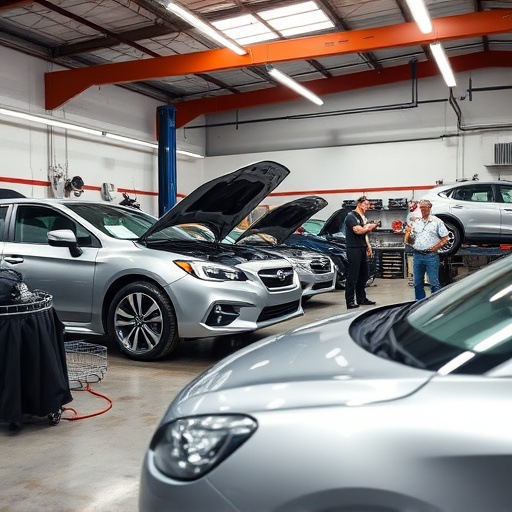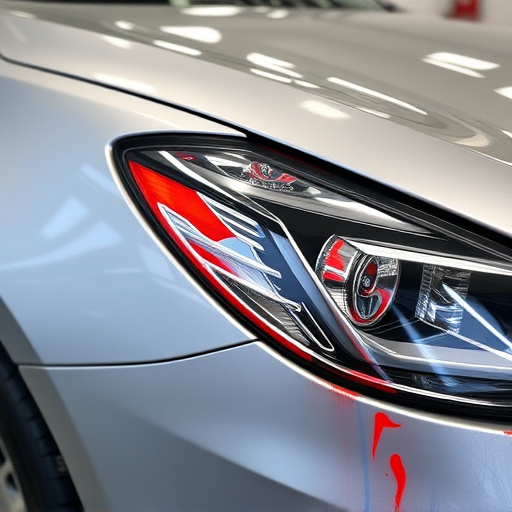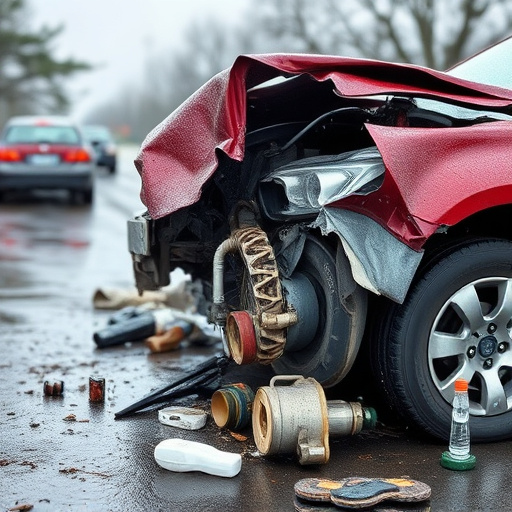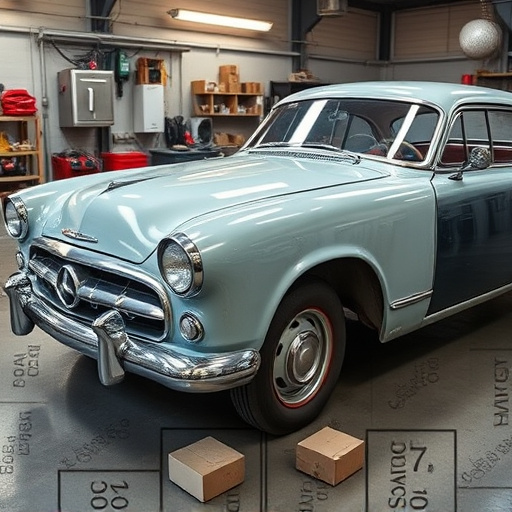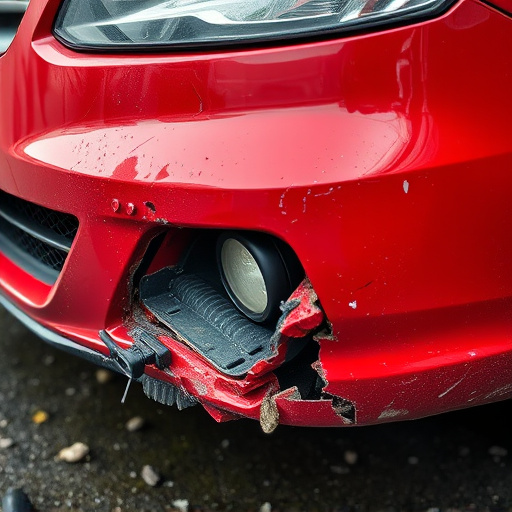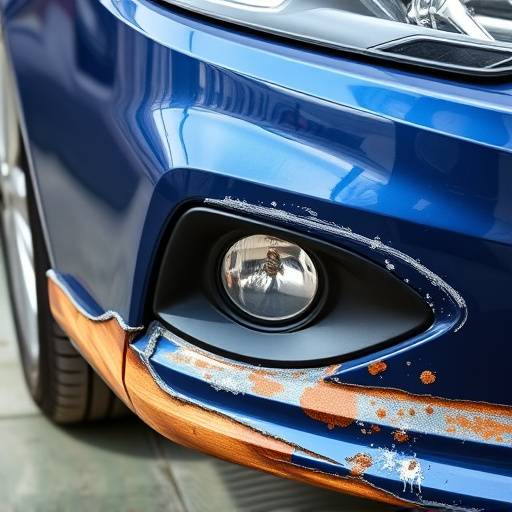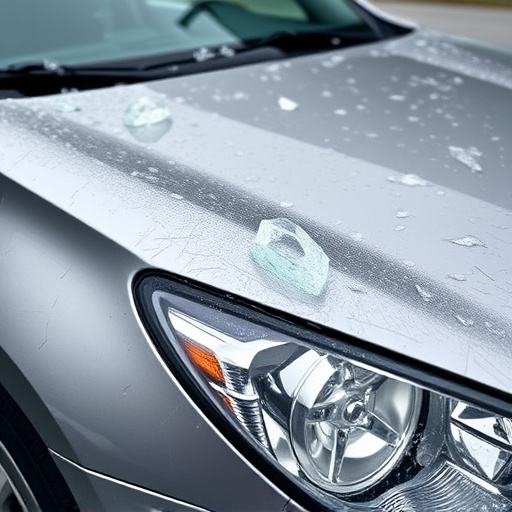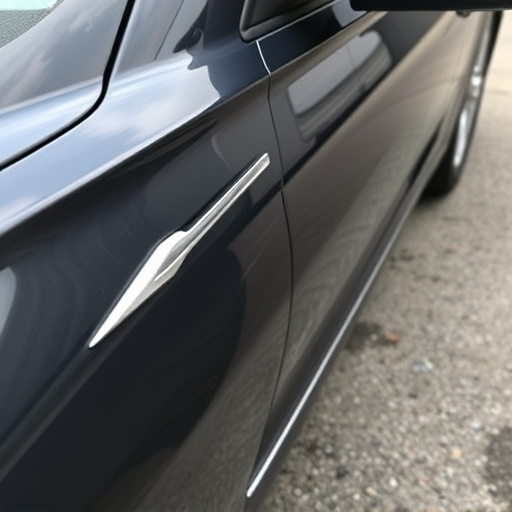Efficient detailing after collision services require understanding and managing timelines for various repair types, from quick cosmetic fixes to complex auto body repairs. Strategic practices like optimized inventory management, digital job tracking, and standardized procedures streamline processes, ensuring timely service delivery and enhancing customer satisfaction. The meticulous process aims to restore vehicles' pre-accident condition, preserving aesthetics and resale value through techniques like paintless dent repair, disassembly for major repairs, thorough cleaning, and uniform paint inspection with touch-ups.
In the chaotic aftermath of a collision, efficient vehicle restoration is paramount. This article explores the crucial topic of detailing after collision timelines and strategies for streamlined service. We delve into the process of damage assessment, optimizing the detailing workflow for faster turnaround times, and providing a step-by-step guide to restoring vehicle value post-collision. By understanding these key aspects, repair facilities can ensure high-quality, timely, and cost-effective detailing after collision services.
- Understanding Collision Damage Assessment Timeline
- Optimizing Detailing Process for Faster Turnaround
- Restoring Vehicle Value After Collision: A Step-by-Step Guide
Understanding Collision Damage Assessment Timeline

After a collision, understanding the timeline for collision damage assessment is crucial for efficient detailing after collision services. The initial step involves a thorough inspection to identify the extent of damage, including visual assessments and sometimes advanced diagnostic tools to check for hidden issues. This phase is critical as it determines whether the vehicle requires minor cosmetic repairs like car scratch repair or extensive auto body repair, such as vehicle paint repair.
The timeline can vary based on several factors, including the severity of the collision, availability of parts, and the workload at the repair shop. Minor damages might be addressed promptly, allowing for quick detailing to restore the vehicle’s appearance. More complex repairs, however, may take several days or even weeks, requiring patience from the owner during the auto body repair process. Efficient service involves clear communication about expected timelines, ensuring owners are well-informed and can plan accordingly for their vehicle’s return to optimal condition through detailing after collision services.
Optimizing Detailing Process for Faster Turnaround

In the efficient service landscape of detailing after collisions, optimizing the process is key to achieving faster turnaround times. Streamlining each step ensures a seamless experience for both customers and service providers. By implementing strategic practices such as efficient inventory management, standardized procedures, and advanced tools, auto body repair shops can significantly reduce processing time without compromising quality. This involves ensuring that commonly used parts are readily available, employing well-defined protocols for specific tasks, and adopting innovative technologies to enhance productivity.
For instance, integrating digital systems for estimating repairs and tracking progress real-time can prevent delays caused by manual data entry and paperwork. Similarly, prioritizing the detailing process based on vehicle severity and customer urgency enables a structured workflow that minimizes wait times. This approach not only caters to customers’ needs in a timely manner but also enhances overall operational efficiency in auto body repair shops, ultimately contributing to better business outcomes.
Restoring Vehicle Value After Collision: A Step-by-Step Guide
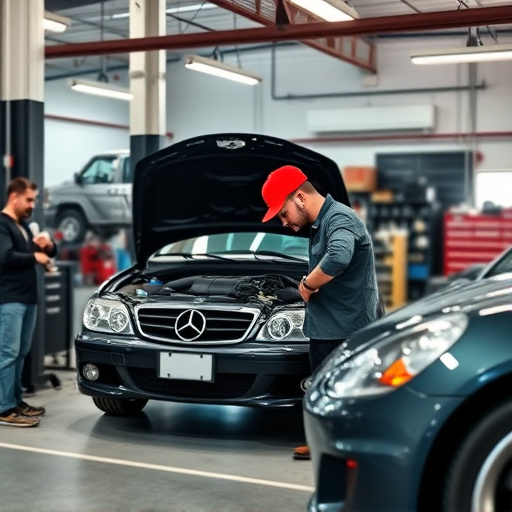
Restoring a vehicle’s value after a collision involves a meticulous process that requires time, precision, and expertise. The goal is to return the car to its pre-accident condition, ensuring it not only looks good as new but also retains its market value. This guide outlines the essential steps for efficient detailing after a collision, focusing on both aesthetic and monetary considerations.
Begin by assessing the extent of the damage. Minor dents and scratches can often be corrected with paintless dent repair techniques, preserving more of the vehicle’s original finish. For more significant autobody repairs, disassemble affected panels to access and fix underlying structures. After repairs are complete, a thorough cleaning is crucial. Remove all debris and dirt from the car’s exterior using specialized tools and high-quality detergents. Once clean, inspect the paint job for uniformity and apply the necessary touch-ups or overcoats. Regular detailing and maintenance after collision repair will not only enhance the vehicle’s appearance but also help maintain its resale value in the long term.
In the event of a collision, efficient vehicle restoration is key to minimizing disruption and maximizing resale value. By understanding the critical timelines for collision damage assessment and adopting optimized detailing processes, auto body shops can significantly enhance their service speed without compromising quality. Following a structured step-by-step guide ensures that vehicles return to their pre-accident condition, preserving their value and satisfying customers’ expectations. Implementing these strategies in detailing after collision is a proven approach to staying competitive and delivering exceptional results.
